Ask The Expert: Key COVID-19 Concerns
As the COVID-19 epidemic continues to move world headlines and restrict global travel, trained virologist Dr Khor Ing Wei, Dean’s Office, takes stock with Professor Paul Tambyah, Infectious Diseases Division at NUS Medicine, Senior Consultant in Infectious Disease at NUH and Head of the Infectious Disease Research Coordinating Office, on what we do and do not know about the novel coronavirus and a few common concerns and fears.
How is the virus transmitted from person to person? For example, can someone get infected just by standing next to a person who is infected with SARS-CoV-2, the virus that causes COVID-19, or would the infected person have to sneeze or cough or come into contact?
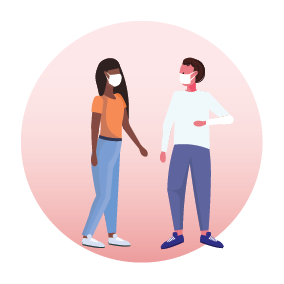
Right now, we do not know. It probably depends on what the person touches. For example, the worldwide spread of the SARS virus was triggered off by a single individual at the Metropole hotel in Hong Kong who is not recorded as having come into contact with any of the individuals who went on to become the index cases for outbreaks in Singapore, Taiwan, Canada and Hong Kong. There is no documentation of him sneezing or coughing near any of those people. The current theory is that it was simply from contact with the lift buttons.
Can the virus survive for days to a week on surfaces such as plastic, metal and wood? So, if someone infected with SARS-CoV-2 touches a treadmill and I come along and touch it sometime (even days) later and rub my eyes or mouth, can I get infected?
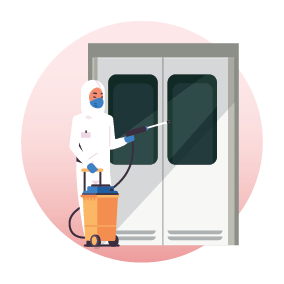
Again, based on the data from the Metropole hotel during SARS and emerging data from the Diamond Princess cruise ship, it is indeed possible that someone can be infected sometime after coming into contact with a contaminated surface. The good news for hot and humid settings is that for most coronaviruses, they do not survive long in conditions of high temperature or humidity. We do not know if that is also true for SARS-CoV-2, but it seems likely.
Are healthcare workers more likely to be a source of infection, both via contact and close proximity? Some people are avoiding healthcare workers on public transport and some taxi drivers are refusing to pick up healthcare workers.

This is another difficult question to answer. During SARS, healthcare workers who were working while ill were the source of infection for a number of patients. COVID-19 is different from SARS in that it seems to be spreading more efficiently in the community in Singapore rather than in healthcare facilities. As such, at the moment, the
risk of transmission from healthcare workers appears to be lower than, for example, from office workers.
How is COVID-19 different from the normal cold and flu? Is it more deadly than the flu, or does it mainly kill the elderly and immunocompromised people?
It is far too early to determine how deadly this infection is. The overall mortality outside China seems to be much higher than the seasonal flu or even the deadly pandemic of 1918-19. It is true that the flu kills mainly the elderly and immunocompromised while COVID-19 has killed young and previously healthy doctors, among others.
In fatal COVID-19 cases, what actually kills patients?

There are very few autopsy reports of COVID-19. A report published in the Lancet showed extensive damage in the lungs, with evidence of acute respiratory distress syndrome. There were signs of both direct damage from the virus and an overwhelming immune response, with many cells in both the airways and in the surrounding tissues.
What are the most effective steps we can take to protect ourselves? In addition to hand washing, does the use of hand sanitiser help or is it not very useful?
Maintaining good hand hygiene is always a good idea. This is even more crucial in low- income countries, as described in this article.
Hand sanitiser is very helpful in situations where we cannot get to a tap such as outside a lift or in a train station. Use of hand sanitisers have been shown to markedly improve hand hygiene compliance in healthcare settings so I think that overall
they are a good thing.
More importantly, we need to identify every case and ensure that sickly individuals are isolated and treated appropriately. That way, the chains of transmission can be broken.
Is this virus killed by warmer temperatures, meaning that, come summer in the northern hemisphere, the epidemic will die down?

That is what I think and hope. As mentioned, there are no data yet for this virus but this appears to be the case for its close cousin, the SARS coronavirus, as well as for seasonal influenza.
All information stated in the article is correct at time of printing. The information contained herein may change subject to changes in prevailing medical guidelines.
